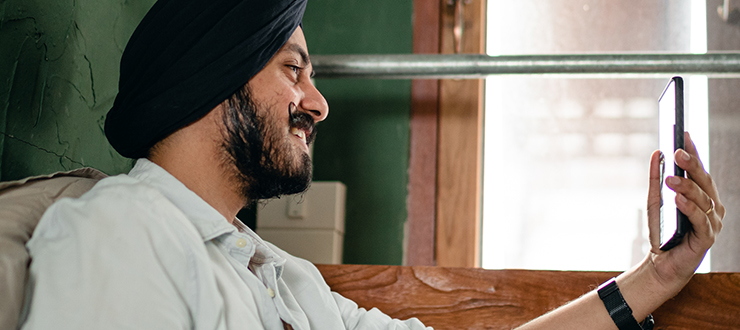
Virtual care is the safe, secure and convenient way to meet with your health-care provider without having to come to the hospital. Make the most of your next online appointment by following these practical tips:
New to virtual care? Read the virtual care FAQs.
A few days before your virtual appointment
- Ask for help if you need it. If you think you will need help setting up your device for your appointment or support during your appointment, tell a caregiver or family member the appointment date and time so they can be there with you.
- Sign up for an Ottawa Hospital MyChart account if you don’t already have one.
- Plan to be available 30 minutes before and after your scheduled appointment unless the person booking your appointment asks you to be ready earlier or later.
- Gather important information, including
- a list of medications you are taking
- your health insurance card (OHIP card)
- your health history notes
- any questions for the doctor
- the name and address of your pharmacy
- the doctor’s phone number in case you need to call
Note: the clinic may call you before your virtual appointment to ask you about your health history, including your
- chronic conditions
- prescription medications
- allergies
- immunizations
- past surgeries and hospitalizations
- the health history of people in your immediate family (siblings, parents)
The day of your virtual appointment
Set up the space where you will have your virtual appointment.
- Choose a private space.
- Make sure it has good lighting so the doctor can see you.
- Turn off anything in the background that may make noise.
- Plug in your device (smartphone, tablet, or computer) or make sure it is fully charged.
- Use earphones or headphones if you have them. They provide better sound quality and more privacy.
- Have a pen and paper ready for you to take notes.
Important!
Answer any calls from unknown or blocked phone numbers at the time of your appointment. It may be the doctor trying to call you.
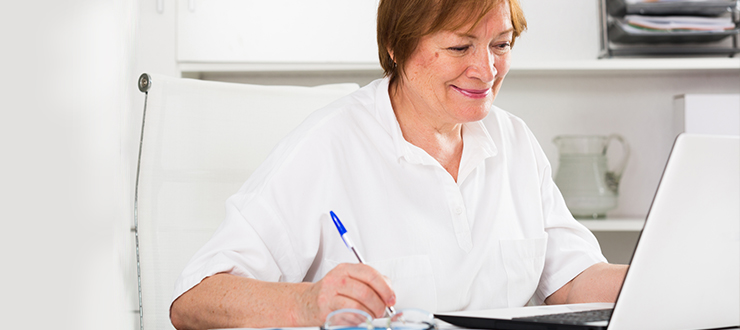
Choose a private, quiet space with good lighting for your virtual appointment.
What kind of virtual appointment will you have?
- Zoom Direct-to-Patient virtual appointment
- OTN Virtual Appointment
- Direct-to-Patient telephone appointment
What to expect during your Zoom Direct-to-Patient virtual appointment
- Please begin your virtual appointment 30 minutes before it is scheduled to start unless the person booking your appointment asks you to be ready earlier or later. Wait for the doctor to start the Zoom meeting.
- Please also be available for 30 minutes after your scheduled appointment end time in case the doctor is running late, and the appointment runs late.
- To launch your virtual appointment, please access the link through your MyChart account or via a link sent by email if offered at the time of booking.
- You may need to wait in a virtual waiting area online before the doctor joins the video appointment, so please keep your video appointment open.
Once the doctor joins the virtual meeting, please
- stay in front of the camera so the doctor can see you
- speak clearly so the doctor can hear you
- tell the doctor if someone else is with you and introduce them
- tell the doctor your symptoms and answer questions as clearly and directly as you can
- make notes about what the doctor says during the appointment
- ask questions if anything isn’t clear

Please begin your virtual appointment 30 minutes before it is scheduled to start unless the person booking your appointment asks you to be ready earlier or later.
What to expect during your OTN virtual appointment
- Please begin your virtual appointment 30 minutes before it is scheduled to start unless the person booking your appointment asks you to be ready earlier or later.
- Please also be available for 30 minutes after your scheduled appointment end time in case the doctor is running late, and the appointment runs late.
- To launch your virtual appointment, please search for an email from “OTN no-reply” that was sent to you at the time of booking or the day before your appointment as a reminder. Click the link in that email.
- You may need to wait in the online virtual waiting area before the doctor joins the video appointment, so please keep your video appointment open.
- Once the doctor joins the virtual meeting, please
- stay in front of the camera so the doctor can see you
- speak clearly so the doctor can hear you
- tell the doctor if someone else is with you and introduce them
- tell the doctor your symptoms and answer questions as clearly and directly as you can
- make notes about what the doctor says during the appointment
- ask questions if anything isn’t clear
What to expect during your Direct-to-Patient telephone appointment
- Your appointment will start when the doctor calls you. Answer any calls from unknown or blocked phone numbers at the time of your appointment. It may be the doctor trying to call you.
- Once the doctor calls you, please
- speak clearly so the doctor can hear you
- tell the doctor your symptoms and answer questions as clearly and directly as possible
- make notes about what the doctor says during the appointment
- ask questions if anything isn’t clear

Answer any calls from unknown or blocked phone numbers at the time of your appointment. It may be the doctor trying to call you.
What to expect after your virtual care appointment
Once the virtual appointment is over, you may receive an After-Visit Summary (AVS). The AVS may include:
- important information or messages from your health-care provider
- prescriptions to take to your pharmacy
- requisitions for tests
You can see your AVS through your MyChart secure messaging app or a link will be sent to your email address. Please check your email and your MyChart account for your AVS after your appointment.

Support patient care and research at
The Ottawa Hospital
You might also like…
A volunteer program that taps into the power of music
Studies have shown that music can benefit the body, mind, relationships and community. Musical Moments is a program where volunteers play live music to support positive outcomes for patients, visitors and staff.
We’ve got you covered: The Ottawa Hospital now offers bandages for a variety of skin tones
Whenever you’ve scraped your knee or had your blood drawn, odds are your bandage was the same colour every time. Peach has been the default hue for over a century — but no longer at The Ottawa Hospital.
Patient gifts a piece of home to Indigenous Cancer Program
Inuit patients can now see and hold a piece of their traditional territory in the Windòcàge Room at the General Campus, thanks to an interactive gift donated to The Ottawa Hospital by a cancer patient.
Second Chance: Don’s song for the people who saved his life
Making music has always been a big part of Don’s life, so when the staff and doctors at The Ottawa Hospital saved him from the brink of death, he could think of no better way to thank them.
A land acknowledgement that honours the land and the medicines it provides
Visitors to The Ottawa Hospital are now greeted by a prominent land acknowledgement, which has been installed by the main entrances at each of our three main campuses. It is paired with artwork by Simon Brascoupé and his daughter, Mairi Brascoupé, both from Kitigan Zibi Anishinabeg.
After a life-altering bike crash, this group of volunteers proves that friendship and community are powerful medicine
In September 2021, a visiting professor woke up in our ICU completely alone. He admits that he wouldn’t have made it through the first few months without support. But he didn’t have to, thanks in large part to a group of caring volunteers who came to his side during this difficult time—and have been there ever since.


 To reset, hold the Ctrl key, then press 0.
To reset, hold the Ctrl key, then press 0.
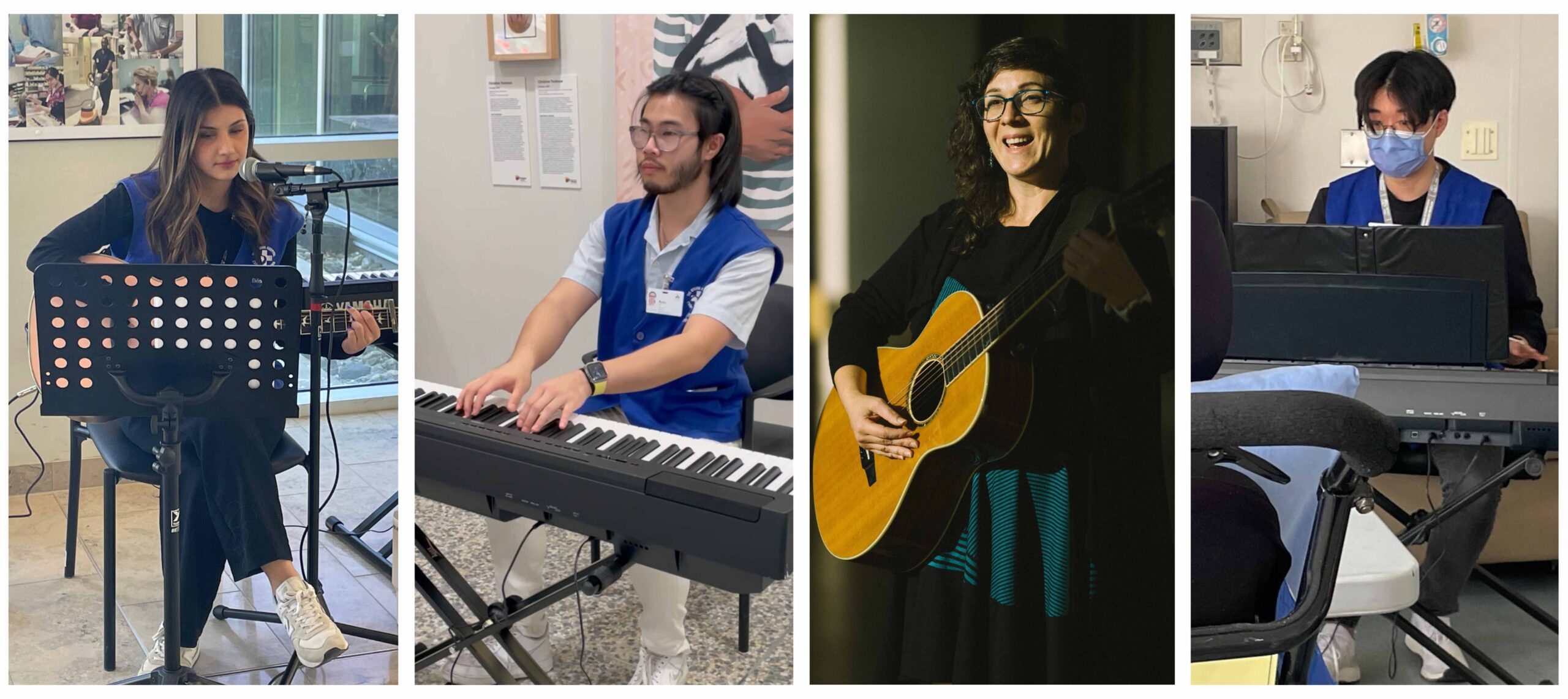
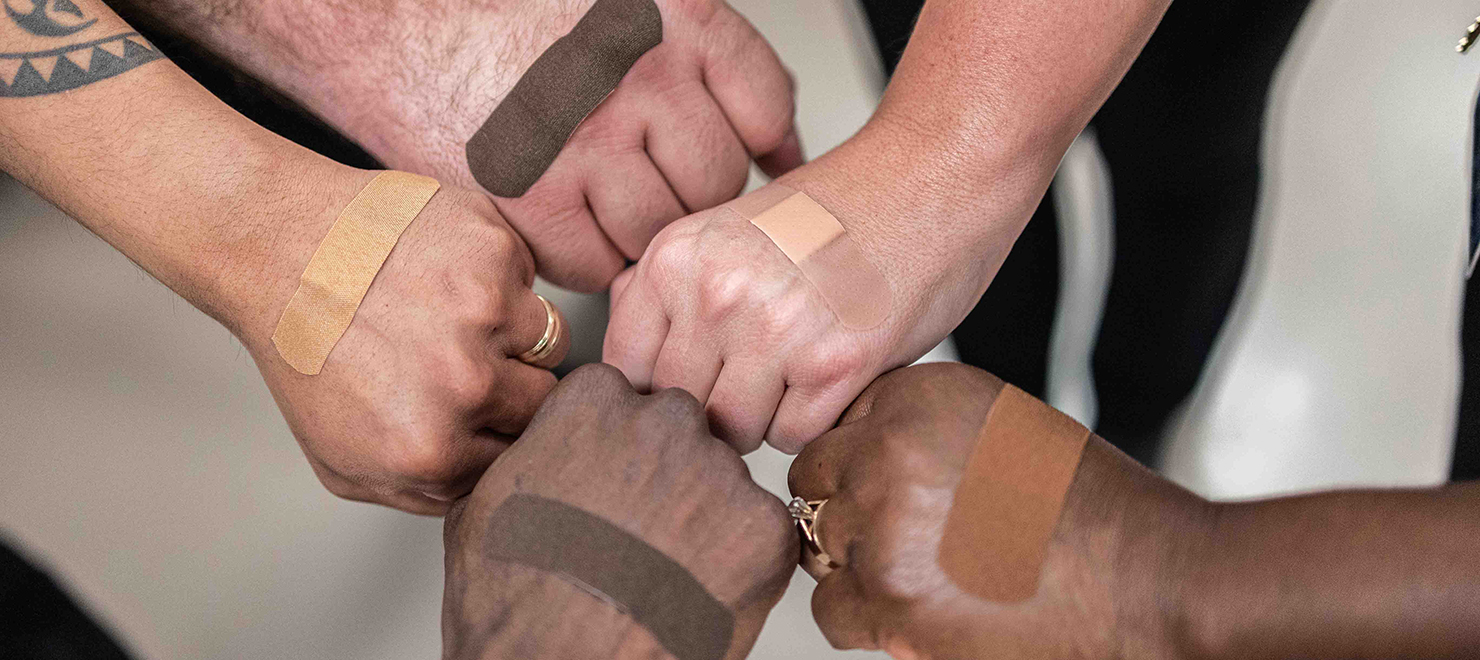


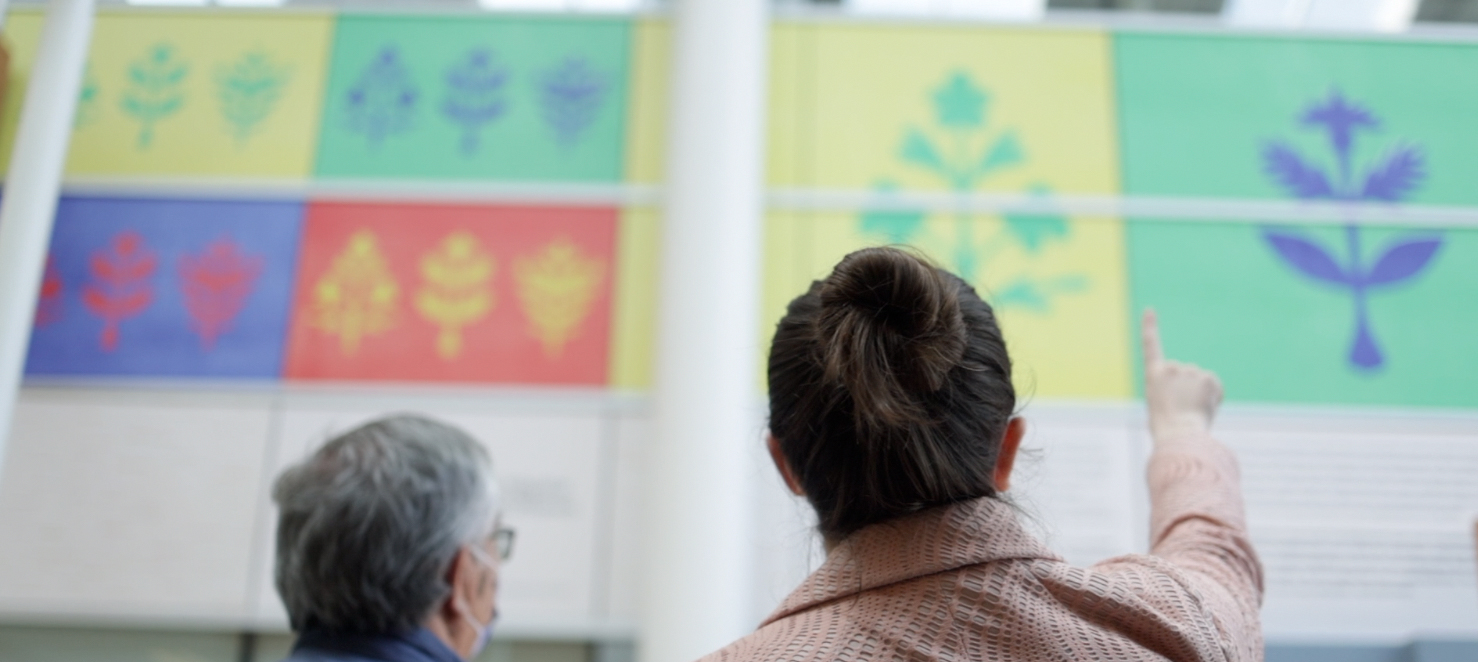

Comment on this post